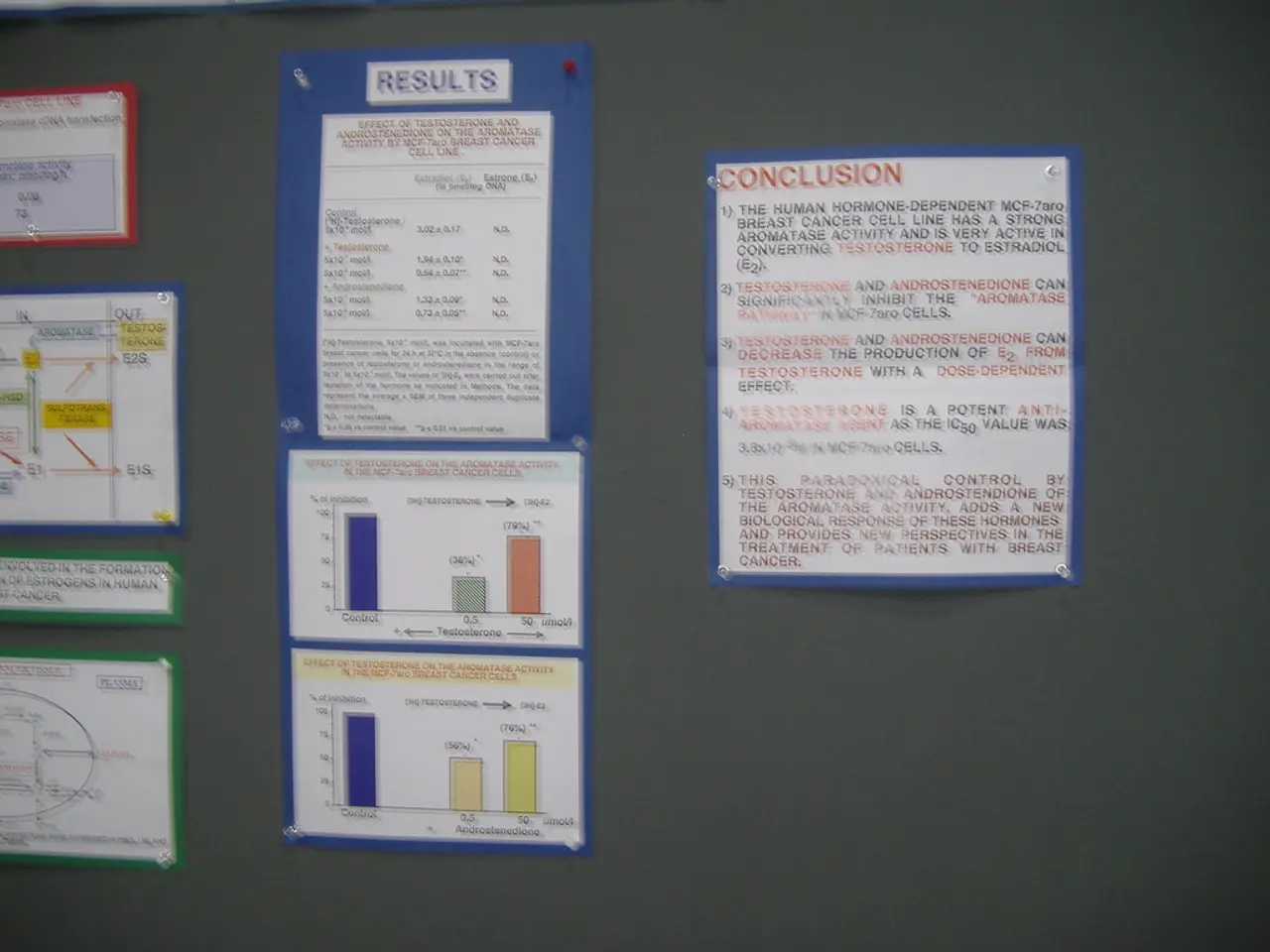Strategic Coordination of Broadcast and Publication Platforms
Effective channel and media planning is crucial for any marketing strategy, ensuring that your message reaches the right people at the right time. Here's a step-by-step guide on how to create an impactful media plan.
Audience Research
Understanding your target audience beyond basic demographics is key. Research their media consumption habits, preferred platforms, content formats they engage with, and decision-making behaviors. Creating detailed audience personas helps tailor the media plan to where and how your audience prefers to receive information.
Budget Allocation
Allocate your budget strategically based on where your audience spends most of their time and engagement. Consider minimum investment requirements, expected performance metrics, and how each channel fits your overall marketing strategy. Budgets are usually divided among channels according to their anticipated impact on campaign goals.
Reach and Frequency Planning
Decide on your campaign’s focus between broad reach (maximizing the number of people exposed) or frequency (repeated exposure to nurture engagement). For example, brand awareness campaigns emphasize reach, while conversion-focused campaigns emphasize frequency. Different channels serve these goals differently; social media and video platforms often provide broad reach, while email marketing supports high frequency.
Content Integration
Plan how media content fits cohesively across channels to maintain consistent messaging and brand alignment. This includes selecting media that supports content formats preferred by the audience and timing content delivery to maximize engagement and conversions. Coordinating creative assets with media schedules is essential for effective integration.
Optimization
Continuously monitor campaign performance and optimize by reallocating budget, adjusting channel focus, or tweaking messaging and scheduling. Media planning includes ongoing analysis of investments and results to improve efficiency and meet campaign objectives.
Additional Practical Steps
- Review the media brief to clarify goals and budget.
- Develop a strategic media approach aligned with business objectives.
- Establish timelines with milestones, adding buffers to handle uncertainties, and communicating this with stakeholders.
- Prepare and obtain approvals for media placements before launching.
The Three Main Types of Media
There are three main types of media used in channel planning: paid media, owned media, and earned media. Paid media includes anything you pay for directly, such as social ads, Google ads, display advertising, and sponsored posts. Owned media covers everything you control, such as your website, email list, mobile app, and blog. Earned media happens when other people talk about you without being paid, such as reviews, social shares, press mentions, and word-of-mouth marketing.
Maximizing Your Marketing Budget
By planning strategically, you can maximize your marketing budget, keeping messaging consistent, reaching the right people, and preventing ad fatigue. For example, Facebook and YouTube excel at broad reach, while email marketing and retargeting ads provide more intimate, high-frequency ways to reach your audience.
Timing is Everything
Optimize campaign timing by considering audience activity, industry cycles, and external factors like holidays or major events. Publishing detailed content on owned channels, turning key statistics into social media posts, creating short video clips for TikTok and YouTube Shorts, and designing high-quality visual content for earned media mentions can all contribute to a successful media plan.
Enhancing Your Strategy with ClearVoice
Learn how ClearVoice's managed content solutions can enhance your channel and media planning strategy by talking to a ClearVoice content specialist.
By following these steps, you'll be well on your way to a successful channel and media plan that maximizes reach, engagement, and ROI.
In the realm of finance, allocating the budget strategically for a business's marketing campaign is essential, considering where the target audience spends most of their time and engagement. This greases the wheels for impactful media planning.
To make the most of technology in business, it's crucial to optimize the campaign timing by leveraging audience activity, industry cycles, and external factors. Timing effectively can contribute significantly to a successful media plan.




